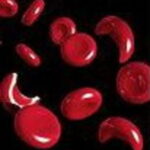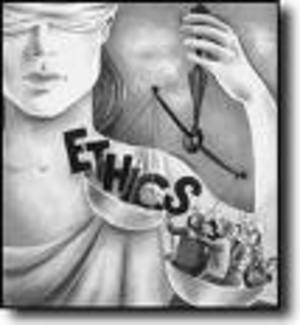Iron deficiency anemia is a common problem in children between the ages of 1 to 3 years, and for adolescent girls. Anemia is caused by an inadequate intake of iron through the diet, or by excess blood loss, which can sometimes be seen in menstruating adolescent females. Anemia is caused by having not enough red blood cells, or a lack of healthy red blood cells. The job of red blood cells is to carry oxygen rich blood to all cells and tissues in the body. Red blood cells contain a protein pigment know as hemoglobin. Proper amounts of iron in the body are essential for the formation of hemoglobin, and it is the hemoglobin in the red blood cells that do the work horse job of carrying the oxygen to the body tissues, and carrying the waste product, carbon dioxide, away.
Without proper oxygenation, the body’s cells do not function well and this causes the heart to work harder, trying to get enough oxygen to all of the tissues without enough healthy red blood cells to do so easily. The results of this are signs and symptoms of the underlying anemia. In children these symptoms may appear as fatigue and weakness, pale skin, and a decreased appetite. Your child may also become dizzy often, and have a rapid heart rate. Your child’s mucus membranes may also become quite pale. You can check this yourself by gently pulling down on your child’s lower eyelid. The membrane inside should look very pink, or red. If the area inside the lower eyelid looks pale in color, your child may be anemic and should see a doctor.
Iron deficiency anemia is usually caused by a diet that does not provide enough iron. In children between the ages of one to three this is especially a problem as they may no longer be eating iron enriched baby cereals, and they may be drinking too much cow’s milk, which can cause tiny areas of bleeding in the bowels which leads to red blood cell loss. Infant who are breastfed will thrive on the maternal stores of iron that they were born with for six months, and then should begin an iron fortified baby cereal. Formula fed babies have the same maternal iron stores, and should also begin an iron rich infant cereal at 6 months, or add a formula with iron. Cow’s milk should never be given to children under one year old, and then after age one only 24 ounces a day should be given.
Should your child’s doctor suspect that your child has anemia, a red blood cell count will be performed, and treatment begun to correct the anemia. Over the counter vitamins with iron are rarely enough, so your physician may prescribe an iron supplement. An iron supplement should be taken with something high in vitamin C, such as orange juice, which will help with iron absorption. Do not give iron supplements with milk products which will inhibit proper absorption of the available iron. Your doctor will want to test your child’s blood again after about a month to see if the treatment is working.
In the meantime, you can begin to add more iron rich foods to your child’s diet. Some of these foods include egg yolks, dark green leafy vegetables, such as spinach, dried beans, raisins and lean red meat. If your child has been drinking too much cow’s milk, now is the time to cut back on that, too. With proper attention, iron deficiency anemia in children is usually easily treated, and your child will be back in peak form in no time, ready to tear the house apart. This is a good thing!
Iron-Deficiency Anemia
http://kidshealth.org




